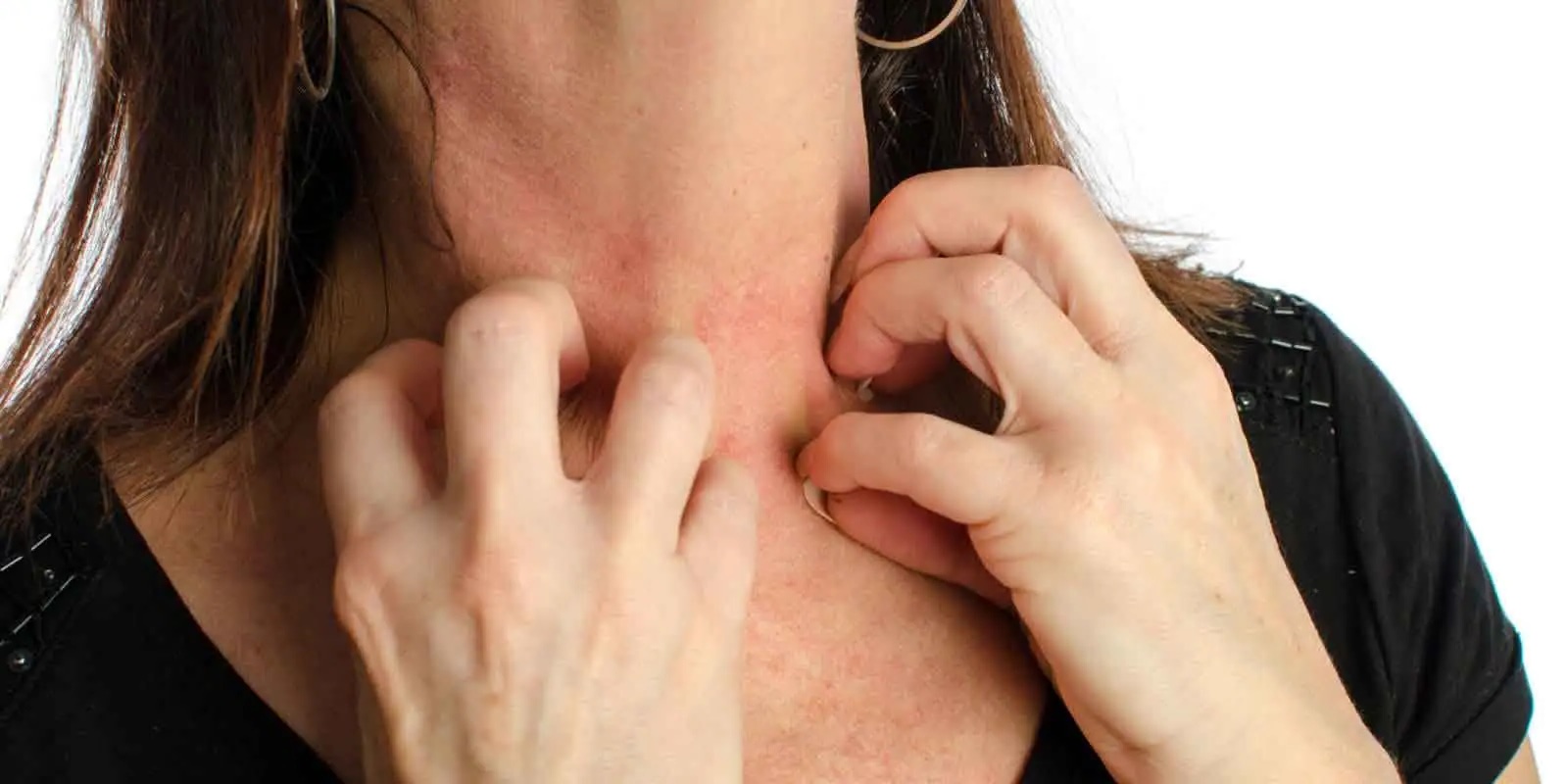
Polycythemia Vera is a rare blood disorder where the body produces too many red blood cells. This condition can lead to thickened blood, causing complications like blood clots, strokes, and heart attacks. Polycythemia Vera often goes unnoticed because its symptoms can be vague, such as headaches, dizziness, and fatigue. However, understanding this condition is crucial for early diagnosis and management. In this blog post, we'll explore 50 facts about Polycythemia Vera to help you grasp its causes, symptoms, treatments, and the latest research. Whether you're a patient, caregiver, or just curious, these facts will provide valuable insights into this complex disorder.
Key Takeaways:
- Polycythemia Vera is a rare blood disorder that can lead to serious complications if not managed properly. It primarily affects older adults and is more common in men than women.
- Recognizing the symptoms of Polycythemia Vera, such as frequent headaches and itchy skin, can help in early diagnosis and treatment. Treatment options include phlebotomy, low-dose aspirin, and lifestyle changes.
What is Polycythemia Vera?
Polycythemia Vera (PV) is a rare blood disorder characterized by an increased number of red blood cells. This condition can lead to various complications if not managed properly. Here are some intriguing facts about PV.
- PV is a type of blood cancer.
- It is classified under myeloproliferative neoplasms.
- The condition is chronic, meaning it lasts a long time.
- PV primarily affects older adults.
- It is more common in men than women.
- The exact cause of PV is unknown.
- A mutation in the JAK2 gene is often found in PV patients.
- This mutation causes the bone marrow to produce too many red blood cells.
- PV can also lead to an increase in white blood cells and platelets.
- Symptoms often develop slowly over many years.
Symptoms of Polycythemia Vera
Recognizing the symptoms of PV can help in early diagnosis and treatment. Here are some common signs to watch for.
- Frequent headaches.
- Dizziness or lightheadedness.
- Itchy skin, especially after a warm bath.
- Reddened face or skin.
- Fatigue and weakness.
- Shortness of breath.
- Numbness or tingling in hands and feet.
- Enlarged spleen, known as splenomegaly.
- Unexplained weight loss.
- Night sweats.
Diagnosis of Polycythemia Vera
Diagnosing PV involves several tests and evaluations. Here’s how doctors determine if someone has PV.
- Complete blood count (CBC) to check red blood cell levels.
- Bone marrow biopsy to examine cell production.
- JAK2 gene mutation test.
- Erythropoietin level test to measure hormone levels.
- Blood oxygen level test.
- Ultrasound to check spleen size.
- Physical examination for visible symptoms.
- Medical history review.
- Blood smear to look at blood cells under a microscope.
- Serum erythropoietin level test.
Treatment Options for Polycythemia Vera
Managing PV often requires a combination of treatments. Here are some common approaches.
- Phlebotomy to remove excess blood.
- Low-dose aspirin to reduce blood clot risk.
- Hydroxyurea to decrease blood cell production.
- Interferon-alpha to control blood counts.
- Ruxolitinib for patients who don’t respond to other treatments.
- Blood thinners to prevent clots.
- Antihistamines for itching.
- Regular monitoring of blood counts.
- Lifestyle changes like quitting smoking.
- Staying hydrated to reduce blood thickness.
Complications of Polycythemia Vera
If left untreated, PV can lead to serious health issues. Here are some potential complications.
- Increased risk of blood clots.
- Stroke due to blocked blood flow to the brain.
- Heart attack from clots in coronary arteries.
- Deep vein thrombosis (DVT) in the legs.
- Pulmonary embolism from clots in the lungs.
- Myelofibrosis, a condition where bone marrow becomes scarred.
- Acute myeloid leukemia (AML), a type of blood cancer.
- Gout due to high levels of uric acid.
- Peptic ulcers from increased stomach acid.
- Enlarged liver, known as hepatomegaly.
Final Thoughts on Polycythemia Vera
Polycythemia Vera (PV) is a rare blood disorder that causes the body to produce too many red blood cells. This can lead to complications like blood clots, strokes, and heart attacks. Understanding the symptoms, such as fatigue, headaches, and itching, can help in early diagnosis and treatment. Regular check-ups and blood tests are crucial for managing PV effectively.
Treatment options include phlebotomy, medication, and lifestyle changes to reduce the risk of complications. Staying informed and working closely with healthcare providers can make a significant difference in the quality of life for those affected by PV.
By knowing these 50 facts, you're better equipped to recognize the signs and seek appropriate care. Awareness and education are key in managing this condition. Stay proactive, and don't hesitate to consult medical professionals for personalized advice.
Frequently Asked Questions
Was this page helpful?
Our commitment to delivering trustworthy and engaging content is at the heart of what we do. Each fact on our site is contributed by real users like you, bringing a wealth of diverse insights and information. To ensure the highest standards of accuracy and reliability, our dedicated editors meticulously review each submission. This process guarantees that the facts we share are not only fascinating but also credible. Trust in our commitment to quality and authenticity as you explore and learn with us.
